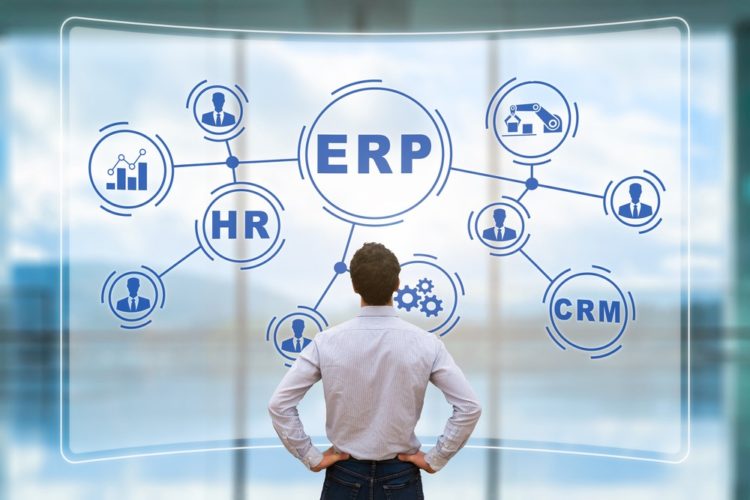Overview
Enterprise Resource Planning (ERP) systems are essential tools for organizations seeking to streamline their business operations. However, selecting the best ERP software Oman for your business can be a daunting task. The process involves a detailed analysis of the requirements of the business, the features of the ERP system, and the costs associated with its implementation, operation, maintenance, and support.
In this blog post, we will discuss seven aspects to consider when selecting and benchmarking an ERP system.
Planning
The first and most critical aspect of selecting an ERP system is planning. Before selecting an ERP system, it is essential to develop a plan that outlines the organization’s requirements, goals, and constraints. This plan should include a detailed analysis of the business processes that need to be automated, the desired outcomes, and the expected return on investment (ROI). A comprehensive plan will help guide the ERP selection process and ensure that the system aligns with the organization’s objectives.
Package Selection
Once you have a clear understanding of your business requirements, the next step is to select an ERP package that meets your specific needs. You should consider the ERP software’s scalability, flexibility, and compatibility with your current IT infrastructure. It is also essential to choose a package that aligns with your industry-specific requirements, such as ERP financial management or manufacturing.
Requirements Analysis
Before finalizing an ERP software, it is crucial to analyze your business requirements and evaluate how the ERP system can address those requirements. You should conduct a comprehensive gap analysis to identify the functionalities you need in the ERP system. This analysis should cover all business areas, such as finance, supply chain, manufacturing, and customer relationship management.
Market Survey
Conducting a market survey is an essential step to evaluate the ERP software’s market reputation, features, and capabilities. You should compare the features and functionalities of different ERP systems available in the market, such as SAP, Oracle, Microsoft Dynamics, and NetSuite. You can also consider the vendors’ reputation, customer reviews, and testimonials while making your selection.
Reference Visit
Once you shortlist a few ERP vendors, it is essential to visit their existing clients to see how the ERP system works in real-life scenarios. This visit can help you evaluate the vendor’s implementation and support capabilities, the level of customer satisfaction, and the system’s performance.
Vendor Negotiations
After conducting a comprehensive evaluation of the ERP software and vendors, it is time to negotiate the price and contract terms. You should consider the implementation and license costs, operation costs, maintenance and support costs while negotiating. It is also essential to get a detailed agreement outlining the software’s features, support, warranties, and licensing terms.
Implementation and License Costs
The implementation and license costs can significantly impact your ERP system’s total cost of ownership. It is crucial to consider the implementation time, training, and support costs while evaluating the implementation costs. The licensing costs can vary based on the number of users, modules, and customization requirements. You should evaluate the licensing costs and negotiate with the vendor to get the best deal.
Operation Costs
The operation costs include the costs of hardware, maintenance, upgrades, and integration. You should consider the hardware requirements, maintenance and support costs, and upgrade costs while evaluating the operation costs.
Maintenance and Support Costs
The maintenance and support costs are a critical aspect of the ERP system’s total cost of ownership. You should evaluate the vendor’s support capabilities, such as response time, escalation process, and support availability. You should also consider the cost of upgrades and customization while evaluating the maintenance and support costs.
Make User Experience Priority
While evaluating the ERP system, you should prioritize the user experience. The ERP system should be user-friendly, intuitive, and easy to use. The system should have a clear user interface, with minimal training requirements.
Take Advantage of Agile and Low-Code
Finally, you should consider an agile and low-code approach while selecting an ERP system. An agile approach can help you adopt a phased implementation approach, minimizing the risks and costs. A low-code platform can help you
All in All
Use this blog as your checklist for choosing the best ERP software Oman to help you budget and schedule all necessary activities. You may prevent ERP failure by setting clear expectations. In the end, you’ll get the most out of your benefits as long as your ERP system keeps enabling quantifiable process improvements.

